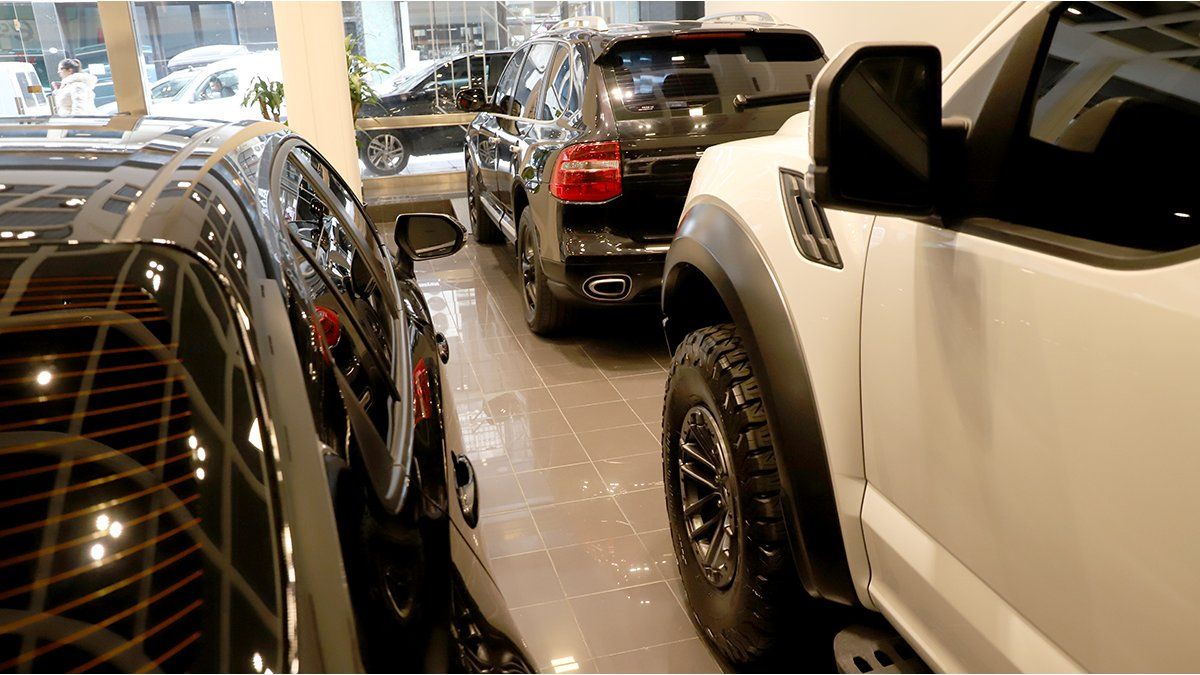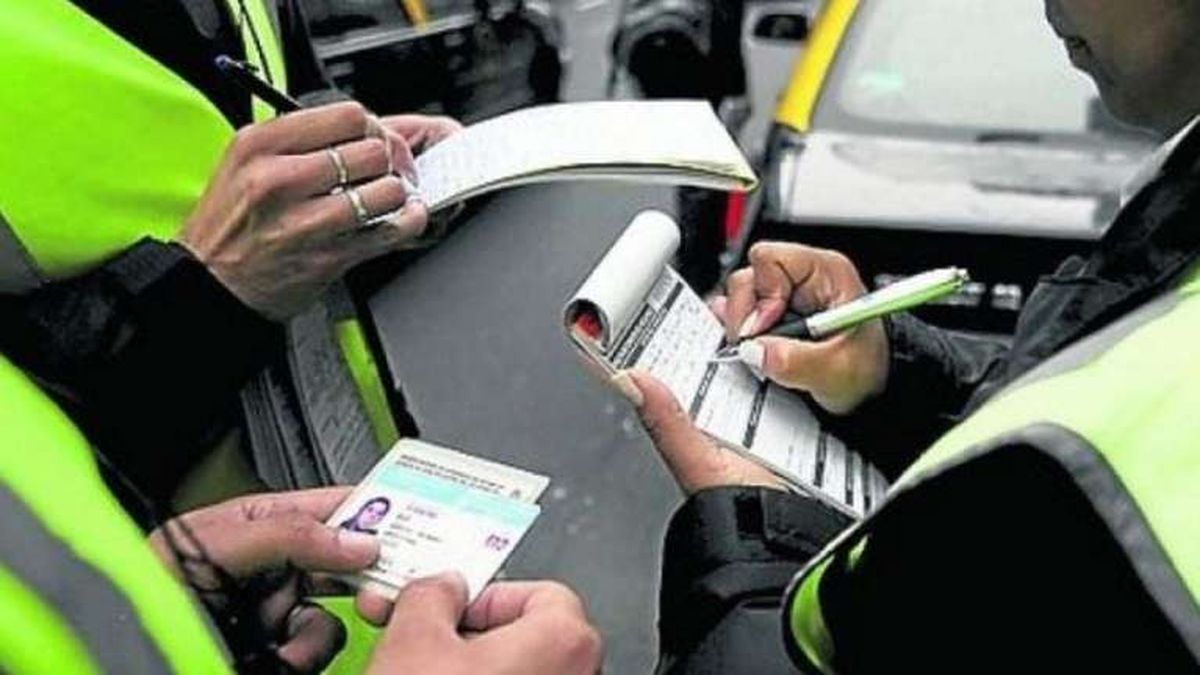Since he took over Javier Mileithe automotive sector is experiencing an important change. The regularization of the supply of dollars was an important step. This came hand in hand with the elimination of import restrictions.
Although there are still some issues to solve (such as the payment period for imports, which is being reduced, but is not yet immediate), in general there is a more encouraging scenario.
This is reflected in the increase in participation of cars imported. While last year only 30% of the models came from abroad, today it is already around 50% and it is believed that next year it will reach 60% or more. In this way, we would return to the same relationship that existed before the government of Alberto Fernandez who set up a strong stocks importer.
In this turn of the market there are brands that are benefiting from their growth in trading volume. It is true that, in many cases, we start from very low levels so the percentage increase is misleading, but for these companies the concrete thing is that their sales are growing strongly compared to the previous situation. That is, they bill much more.
It is good to keep in mind that there are three types of imported vehicles: those imported by factories located in the country to complete the range of the brand they produce, those imported by these automotive companies but they are brands that do not manufacture in the country, and those imported official distributors of brands that are not established.
To get an idea of the numbers, the imports made by automotive companies associated with ADEFA They represent 97% of total operations. This includes models to complete the range of national or brands from the same automotive group.
The rest of the market is operated by a varied number of brands grouped in CIDOA.
With this clarification, it is interesting to see how the automotive ranking is made up and which are the main imported brands.
Taking the patenting 0km until October, the first seven sales positions are occupied by companies that manufacture in the country (Toyota, Volkswagen, Fiat, Peugeot, Renault, Ford, Chevrolet and Citroën).
Only in ninth place does the first fully imported brand appear, but which belongs to the group Stellantis. It’s about Jeep
Then follow Nissan, Mercedes-Benz, RAM, Honda and Audi. These brands are either factory-based in the country or are part of a group that produces other brands.
After all this platoon, in position 15, appears the first independent imported brand that is not part of an established automotive company. It is the Chinese BAIC.
This brand is having a significant increase in its presence in the Argentine market, although still with low volumes. For example, in October it patented 13 units.
But it surpasses other more traditional brands such as Kia, which follows closely, with 107 patents in October.
From there there is a list of brands that complete the list. The order is as follows, with their units: Hyundai (107), BMW (99). IVECO (75), DSFK (56), Subaru (48), Chery (48), Haval (48), DS (39). Volvo (38), KYC (28). Foton (26), JAC (26). Alfa Romeo (16), MINI (15).
Next are brands with less than 15 patented units in the month: Mitsubishi, Shineray, Great Wall, Lexus, Suzuki, Coradir, Jetour and Porsche.
Source: Ambito
I am an author and journalist who has worked in the entertainment industry for over a decade. I currently work as a news editor at a major news website, and my focus is on covering the latest trends in entertainment. I also write occasional pieces for other outlets, and have authored two books about the entertainment industry.




